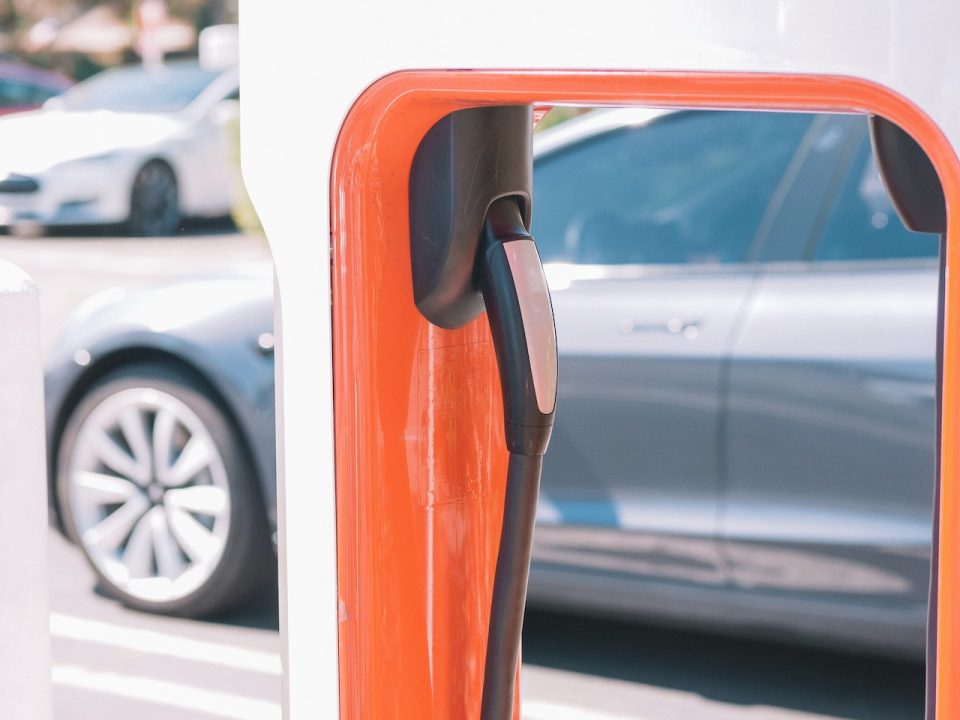Charging network of Tesla is set to receive a significant boost with the addition of two major partners, increasing the accessibility of charging stations for Tesla owners and vehicles compatible with the North American Charging Standard (NACS).
Commencing early in 2024, leading hotel chain Hilton (HLT) has committed to deploying 20,000 Tesla Universal Wall Connector plugs across 2,000 of its locations in the United States, Canada, and Mexico. This ambitious project will establish Hilton as the industry leader in EV charging infrastructure among hospitality companies. Presently, Hilton boasts charging stations at 1,850 of its globally recognized hotels.
Hilton, which manages a diverse portfolio of brands including Embassy Suites, Hampton Inn, and DoubleTree, acknowledges the rising demand for EV charging options among travelers. Notably, searches for EV charging facilities on Hilton’s website have surged, catapulting from the fourth to the second-highest in conversions year-to-date. Previously, access to an airport shuttle from a hotel site ranked as the primary search query leading to room bookings.
It is important to distinguish the Tesla Universal Wall Connectors adopted by Hilton from Tesla’s Supercharger Network. While the latter provides rapid DC charging, the former offers more cost-effective albeit slower AC charging options.
Rebecca Tinucci, Tesla’s Senior Director of Charging Infrastructure, emphasized the company’s focus on deploying affordable and convenient AC charging solutions at locations where electric vehicles are parked for extended periods. This strategic move aims to eliminate the need for unnecessary refueling stops during journeys.
In a concurrent development, Tesla secured another substantial automotive partnership as Honda (HMC) revealed plans to integrate the NACS plug into its new electric vehicles, commencing in 2025. This move ensures seamless access to Tesla’s Supercharger network for Honda’s upcoming EV models.
In an effort to accommodate its existing EV lineup adhering to the CCS standard, Honda will introduce an adapter plug in 2025. However, unlike GM, Ford, and Mercedes—other Tesla charging partners who gain early access to the Supercharger network—Honda’s access will commence in 2025.
This latest addition to the Tesla Supercharger network deals a significant blow to network operators such as EVgo, Chargepoint, and Blink. These companies, which previously aimed to remain agnostic in the charging ecosystem, have now begun incorporating NACS plugs to cater to the growing number of vehicles compatible with the Tesla charging standard.
Operating a charging network is a capital-intensive endeavor, largely due to substantial initial costs and, thus far, relatively low utilization rates in the evolving U.S. EV landscape.
ChargePoint (CHPT), a prominent charging network operator, recently reported a Q2 net loss of $125.3 million, surpassing street expectations and exceeding last year’s loss of $92.7 million. The company’s margins experienced notable contraction, primarily attributed to inventory impairment and supply chain-related costs tied to DC fast-charging projects. Nevertheless, revenue surged by 39% compared to the previous year.
ChargePoint remains optimistic, anticipating positive adjusted EBITDA by Q4 of the following year. However, in an effort to preserve liquidity, the company announced a 10% reduction in its global workforce.
Meanwhile, Blink Charging (BLNK) highlighted the challenges posed by legacy chargers, citing outdated technology and reliability issues as burdensome. CEO Brendan Jones acknowledged industry missteps, including suboptimal charger placements, among other concerns.
In conclusion, the latest partnerships with Hilton and Honda mark significant strides in bolstering the Tesla charging network, ensuring a wider-reaching and more accessible infrastructure for electric vehicle owners. These developments underscore Tesla’s continued efforts to revolutionize the EV charging landscape and solidify its position as a leader in sustainable transportation.
Source: Yahoo finance

